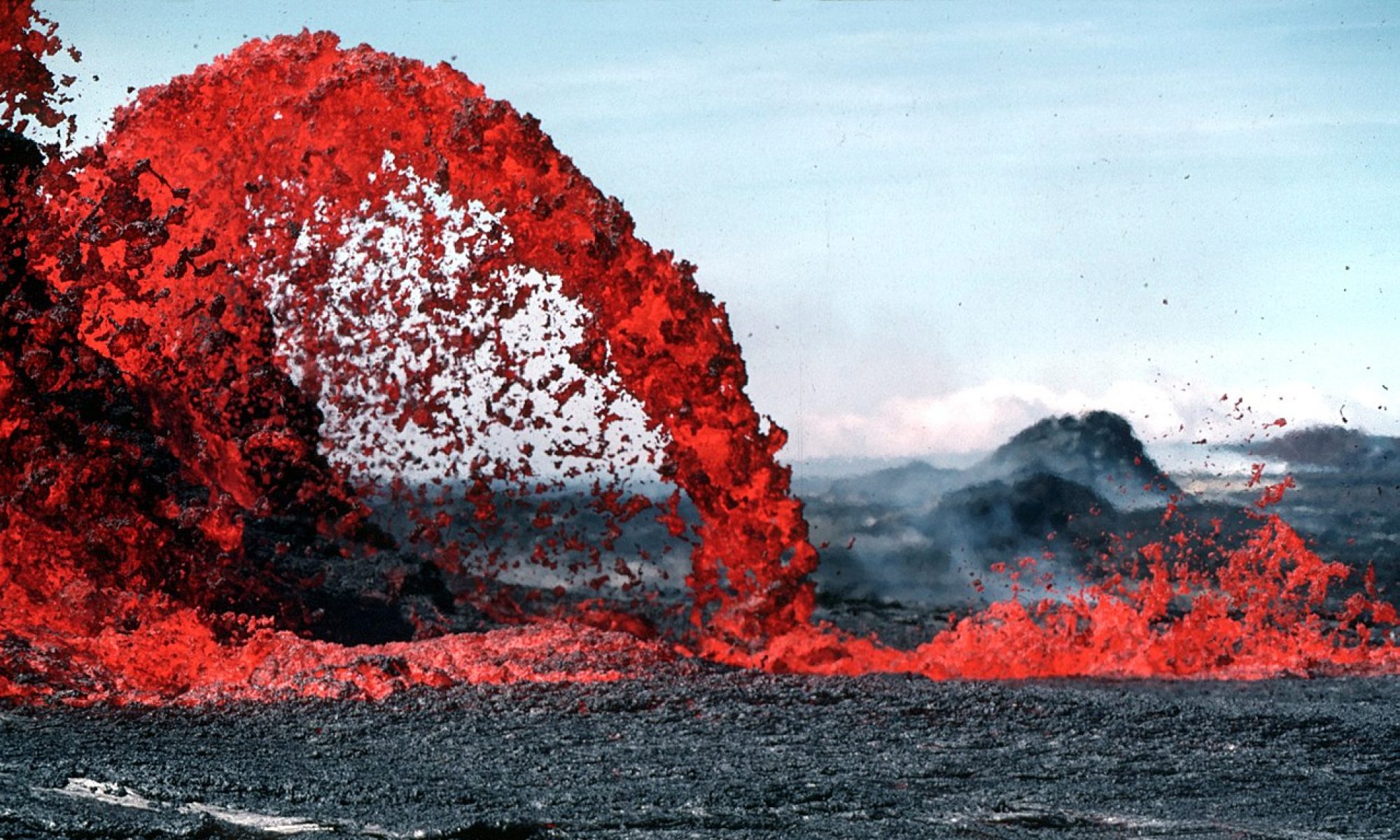Contents of this post
Goals
- Analyze the relationship between how far a spring is stretched (Δx) and the force required to hold it at that distance.
- Develop a model for energy in a spring based on (ΣE) + W = (ΣE)
- If the spring has no initial energy, then the work done on the spring equals the final elastic/spring energy.
Procedures, general outline
You will need to think about how you are making the following measurements, and record the details of your procedures in your lab book.

- Before you start, read the procedures and create a data table with all the necessary columns and rows.
- Chose a tubular spring scale from the bin, and records its color.
- Pull a spring scale out and hold it at any distance.
- Record the stretch (Δx) of the spring.
- Record the force measurement of the scale.
- Repeat at several different lengths, until you are comfortable that you can plot the data and be confident that your choice of linear or exponential fit is an accurate model.
- Repeat steps 2-6 for a total of three different colored spring scales.
Analysis
- Analyze your data using a scatter plot, and develop an equation for each spring.
- Plot stretch as the independent variable.
Conclusion development
- Develop conclusions with your group about the relationship.
- Prepare to present a whiteboard tomorrow: You should have a small box in your lab book showing what you will write on your whiteboard tomorrow.
